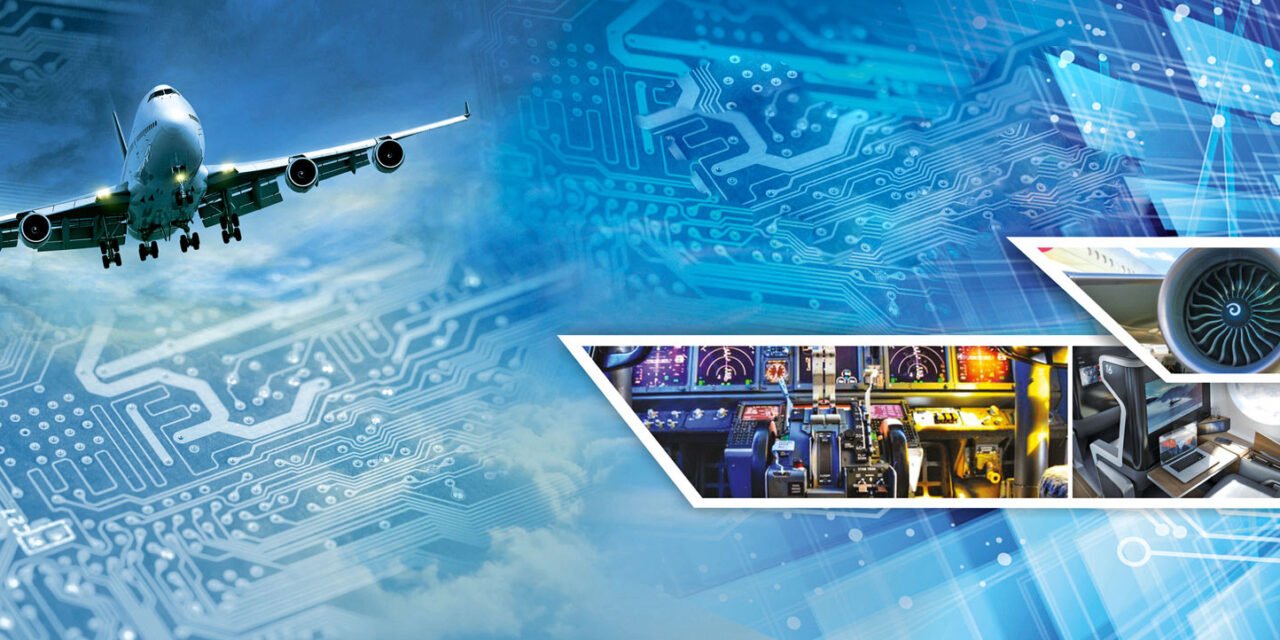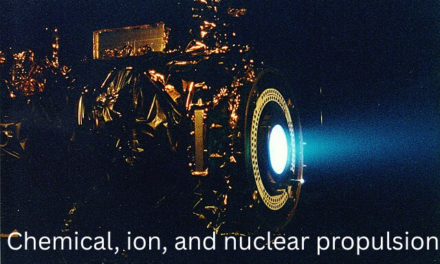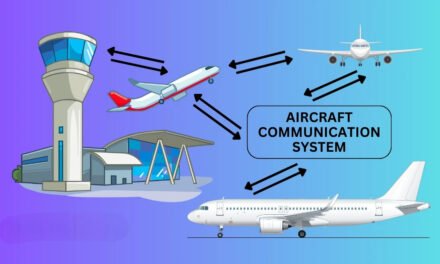The Aerospace and Defense (A&D) industry encompasses businesses and organizations involved in the design, development, production, and maintenance of aircraft, spacecraft, and military systems. This industry plays a crucial role in both civilian and military applications, addressing needs such as transportation, national security, space exploration, and technological advancement.
Main Sectors of the Aerospace and Defense Industry
- Aerospace (Civil and Commercial)
- Aircraft Manufacturing: Production of commercial airplanes, regional jets, business aircraft, and general aviation aircraft.
- Spacecraft and Satellites: Design and manufacture of spacecraft, satellites, and associated launch systems for communication, navigation, Earth observation, and scientific research.
- Aviation Services: Maintenance, repair, and overhaul (MRO) of civilian aircraft and related systems.
- Defense
- Military Aircraft: Development of fighter jets, bombers, transport aircraft, and unmanned aerial vehicles (UAVs or drones).
- Missiles and Weapons Systems: Production of missile systems, guided weapons, and ammunition for national defense.
- Naval and Land Defense Systems: Manufacturing of ships, submarines, tanks, armored vehicles, and artillery systems.
- Cybersecurity and Electronic Warfare: Development of advanced technology to protect critical systems from cyber threats and enhance electronic warfare capabilities.
- Space Exploration and Commercial Space
- Space Missions: Designing and launching vehicles for manned and unmanned missions, including lunar and Mars exploration.
- Commercial Space Ventures: Development of reusable rockets, space tourism, and private satellite systems by companies like SpaceX and Blue Origin.
- Emerging Technologies
- Urban Air Mobility (UAM): Development of eVTOL (electric vertical takeoff and landing) aircraft and air taxi services for urban areas.
- Advanced Materials: Innovations in lightweight, durable materials for aerospace and defense applications.
- Autonomous Systems: Creation of autonomous drones, robotic systems, and AI-powered defense solutions.
- Sustainable Aviation: Advancing cleaner technologies, including sustainable aviation fuels (SAFs), hybrid-electric propulsion, and zero-emission aircraft designs.
- Support and Logistics
- Maintenance and Upgrades: Support services for military and civilian systems to ensure longevity and efficiency.
- Supply Chain Management: Coordination of complex supply chains involving advanced components, technologies, and materials.
Significance of the A&D Industry
- The Aerospace and Defense industry drives technological innovation with spillover effects into other sectors like telecommunications, healthcare, and transportation.
- It supports national security, economic growth, and global connectivity.
- It fosters international collaboration in areas such as space exploration and arms control.
This industry is both high-tech and highly regulated, requiring stringent adherence to safety, environmental, and security standards.













